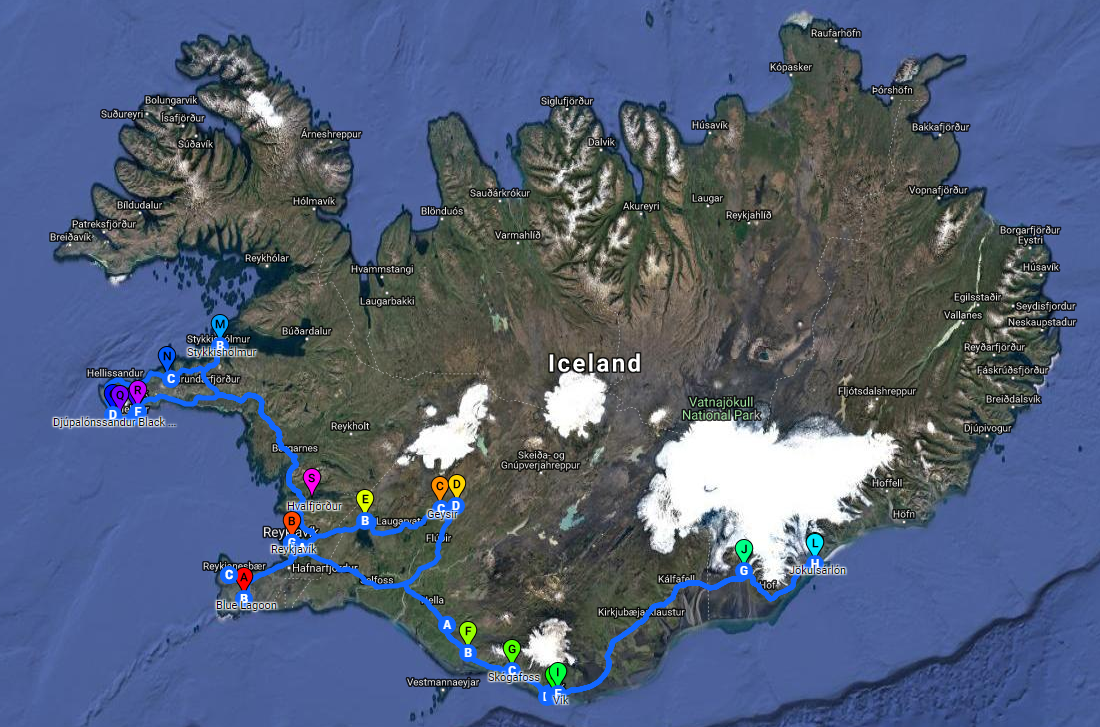Описание
Обзор
Описание
Собирайте чемоданы и отправляйтесь на «родину» «Песни льда и огня», в Вестерос. С этим 6-дневным маршрутом по Золотому кольцу, южному побережью и полуострову Снайфелльснес вы посетите места съемок самых драматичных моментов захватывающего сериала HBO «Игра престолов» и подниметесь на ледник в национальном парке Ватнайёкюдль.
Вы пройдете по стопам Арьи и Пса, увидите главные достопримечательности Золотого кольца и – глядите в оба – возможно, вам посчастливится мельком увидеть детей леса в том самом месте, где они создали первого белого ходока.
Этот пакетный тур включает всё проживание и экскурсии и подойдет путешетвующей «аристократии». С момента приземления и до самого отъезда вы будете в надежных руках. Наслаждайтесь отдыхом без стресса и исследуйте земли как реального, так и вымышленного миров.
Вы посетите самые популярные места в Исландии, многие из которых «сыграли» в знаменитом сериале территории Вестероса по обе стороны от Стены. Например, национальный парк Тингведлир – «родина» Кровавых ворот, а замок «Восточный дозор у моря» расположился на черном песчаном пляже Рейнисфьяра. Отправившись в поход на вершину ледника Соульхеймайёкюдль, вы узнаете, каково это оказаться на севере, за пределами Стены.
Другие жемчужины этого тура – Золотое кольцо, ледниковая лагуна Йокульсарлон и гора Киркьюфетль. У вас также будет возможность проапгрейдить ваше путешествие, добавив к нему немного активного отдыха и острых ощущений. Вы сможете отправиться в спа-курорт Голубая лагуна, покататься по ледникам на снегоходах или заняться подводным плаванием в кристальных водах разлома Сильфра.
Настоящий поклонник «Игры Престолов» не сможет пройти мимо этого тура. Заострите меч из Валирийской стали, наполните флягу элем – и отправляйтесь в путешествие по Королевской дороге – речь, конечно, о величественном южном побережье Исландии. Проверьте доступность тура, выбрав дату в календаре.













